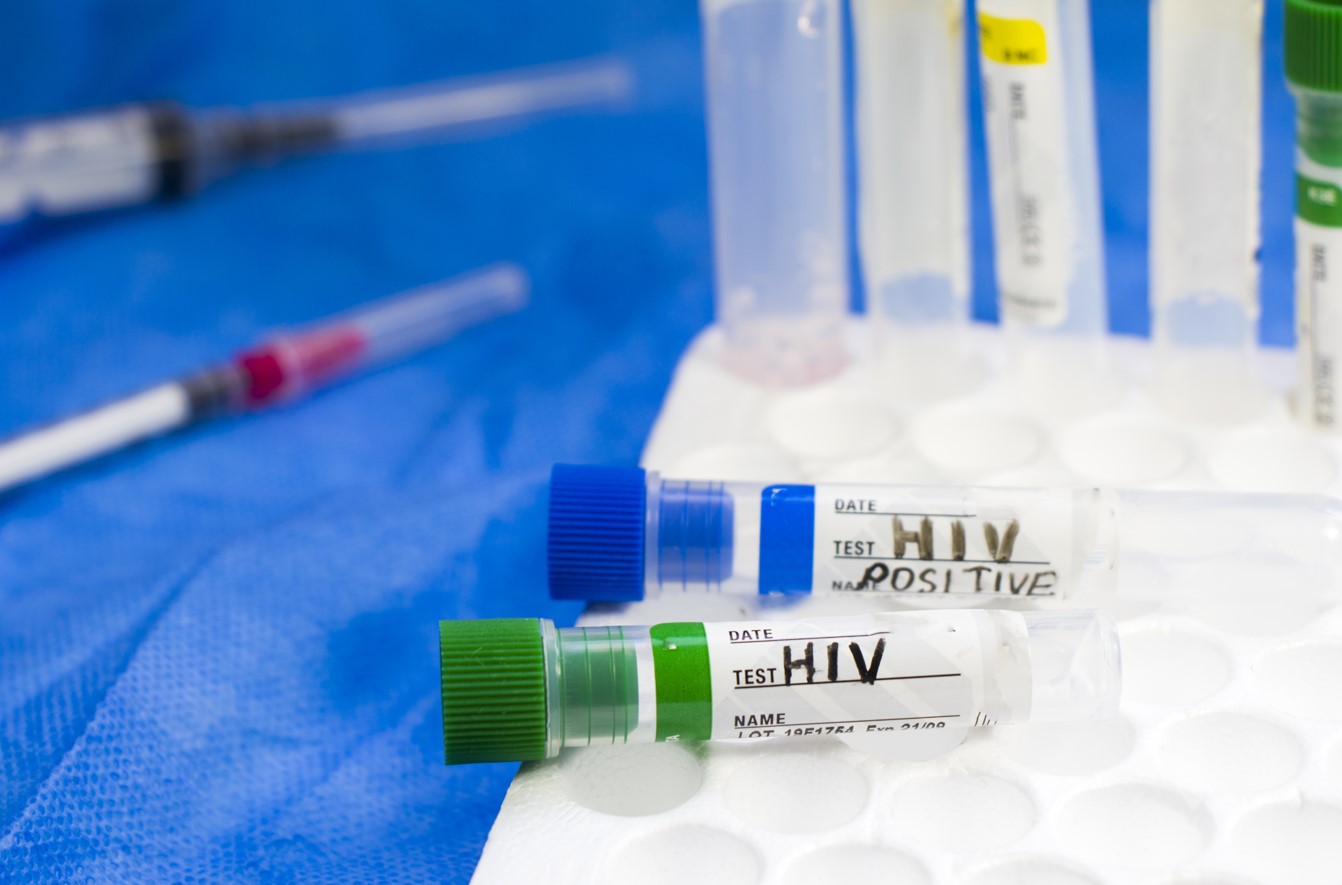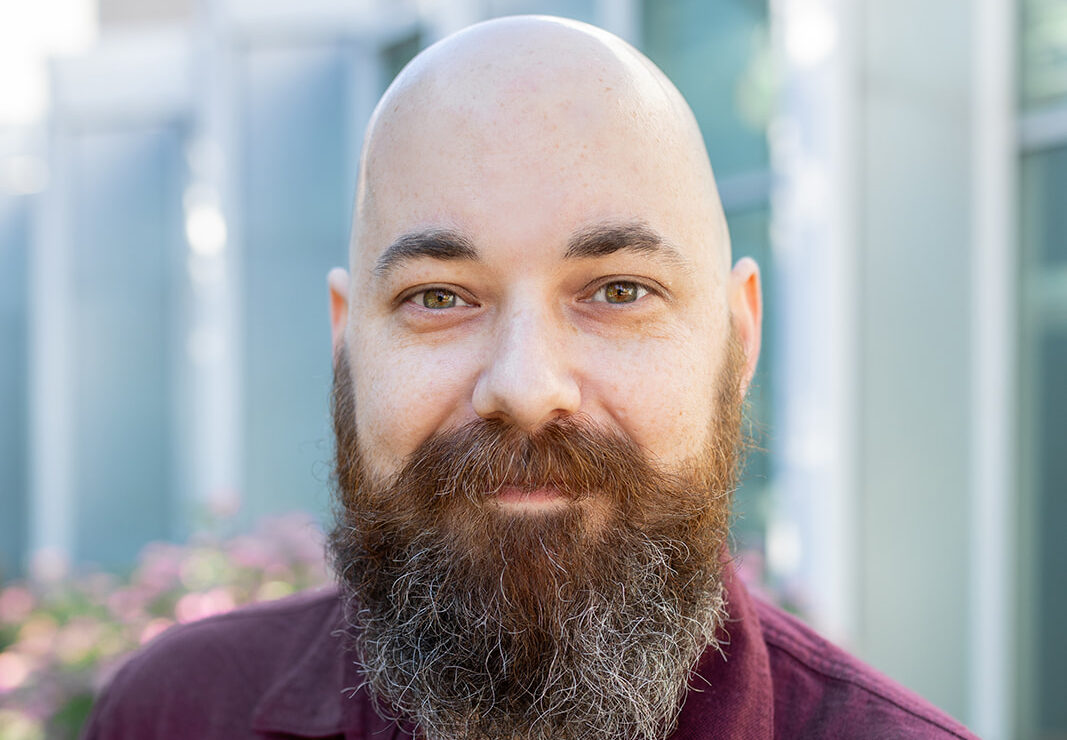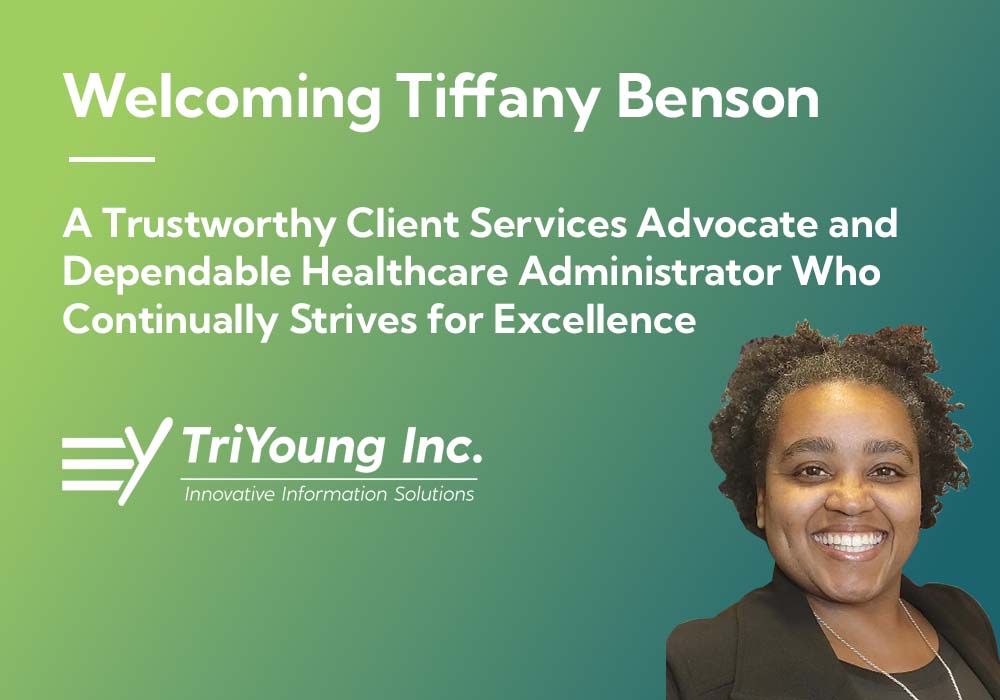When it comes to supporting those affected by HIV/AIDS, especially in underserved communities, understanding and utilizing available resources effectively is crucial. One of the keystones in this effort is the Ryan White Comprehensive AIDS Resources Emergency (CARE) Act.
This piece of legislation is not just a fund; it’s a lifeline for many who otherwise might not have access to essential healthcare services. It’s structured into several parts, each tailored to meet specific needs based on geographic locations, affected demographics, and the types of required services.
Join us as we outline the impactful work facilitated by these programs, emphasizing the continuous need for strategic assistance and support in the complex landscape of healthcare. Through this exploration, we aim to illuminate the critical roles these grants play in managing and elevating the quality of life for many individuals and their families.
Understanding the Ryan White CARE Act
The Ryan White CARE Act is a cornerstone in our fight against HIV/AIDS, especially for those who are low-income, uninsured, or under-insured. This act is designed to improve the availability and quality of care for those who are most affected by the epidemic. Named after a courageous young man, Ryan White, who fought against the stigma and discrimination of AIDS, this act is a tribute to his legacy, ensuring that others receive the support and care needed to manage their health condition.
This law is divided into several different parts, each aimed at addressing the unique needs of different communities and regions across the United States. From metropolitan areas to rural communities, the Ryan White CARE Act provides a flexible structure that adapts to the diverse needs of the HIV/AIDS population. This includes a variety of services, from medical treatment and support services to more specialized care, all organized to ensure that every individual can access the best possible care.
Exploring Ryan White HIV/AIDS Program Parts
Delving into the Ryan White HIV/AIDS Program, it’s evident that the act’s division into various parts is strategic, and designed to cater to varied and specific needs across the country. Part A of the program specifically targets funding toward Eligible Metropolitan Areas (EMAs) and Transitional Grant Areas (TGAs), which are regions most heavily impacted by HIV/AIDS. This funding supports medical and essential support services, helping mitigate the healthcare disparities observed in these high-need areas.
Part B of the program extends its reach to all fifty states, along with the District of Columbia, Puerto Rico, the U.S. Virgin Islands, and six U.S. Pacific territories. This broad coverage is critical as it supports the states and territories in enhancing the quality, availability, and organization of HIV health care and support services.
Additionally, Part B includes the AIDS Drug Assistance Program (ADAP), which is vital for providing medications to those who might not otherwise afford them. Through these coordinated efforts, the Ryan White HIV/AIDS Program Parts ensure a comprehensive approach to tackling the healthcare challenges faced by those living with HIV/AIDS, making a substantial impact on their lives and well-being.
The Essential Roles of PART A and PART B
PART A and PART B of the Ryan White HIV/AIDS Program hold crucial roles in delivering necessary services. PART A primarily focuses on providing funding to cities and counties hit hardest by the HIV epidemic. These funds are crucial in areas classified as Eligible Metropolitan Areas (EMAs) and Transitional Grant Areas (TGAs).
Here, we work collaboratively with local organizations and healthcare providers to ensure that individuals living with HIV receive not only medical care but also vital support services such as mental health counseling and housing assistance, which are essential for comprehensive care.
PART B broadens this support to a statewide level, ensuring that all 50 states, along with territories like the District of Columbia and Puerto Rico, receive funds to enhance the quality and availability of HIV health care and support services.
A special component of PART B is the AIDS Drug Assistance Program (ADAP), which we see as a lifesaver, providing HIV-related medications to those who might otherwise go without. Through PART B, we assist in bolstering state and territorial efforts, aiming to establish a more robust health care framework to combat HIV across diverse communities.
The Impact of PART C, PART D, and PART F
Expanding further, PART C, PART D, and PART F of the Ryan White Program each serve targeted populations with precision and care. PART C typically focuses on funding local community-based organizations to offer outpatient HIV care. Our role involves supporting these organizations in developing and expanding their capacity to deliver early intervention services alongside comprehensive primary health care.
PART D is especially close to our hearts, as it addresses the needs of women, children, youth, and families living with HIV, emphasizing outpatient or ambulatory family-centered care. The support services funded under this part often include health care and logistical support to ensure that families can attend appointments and adhere to treatment plans, enhancing overall quality of life and health outcomes.
Lastly, PART F is pivotal in advancing HIV care through clinician training and the development of innovative care models. We see this as an essential investment in the future of HIV care, ensuring that the workforce is well-equipped with the latest knowledge and techniques to handle HIV care effectively and compassionately.
Ryan White Grants: Fueling Progress in HIV/AIDS Treatment and Care
The Ryan White HIV/AIDS Program Parts collectively represent a robust response to the ongoing challenge of HIV/AIDS in our communities. Our involvement and commitment to supporting these programs stem from a deep understanding of their importance in actualizing comprehensive and inclusive health care.
At TriYoung, we leverage our expertise in IT solutions to enhance the capabilities of non-profits working within these programs, ensuring they have the technological tools and support needed to maximize their impact.
If you’re looking to optimize the management of your organization’s Ryan White grant programs or enhance your data handling capabilities, we are here to help. Our team is dedicated to ensuring that you can focus on what matters most—making a transformative impact in the lives of those affected by HIV/AIDS. Reach out to TriYoung today, and let’s make a difference together.






